|
So we wrapped up our unit this week figuring out a whole bunch of answers to all our questions! We know all about light, the conditions to see something, how color and light work together, and also about light we can't see! Way to go 6th graders!
So we figured out that there is indeed light we cannot see. This light behaves the same as visible light, reflecting off of various surfaces, transmitting through others, and absorbing into even others.
With this, we recognize that our sense of hearing is like our sense of sight in that there are sounds we can't here, as seen in using this tone generator.
We also saw Mrs. Brinza use a tuning fork (which we could hear) create waves in a tub of water...and this got us thinking that maybe we could represent light as waves. If waves carried a different amount of of energy than our eyes or ears couldn't register, then this made sense to revise our model. We also used this wave simulator to better understand this!
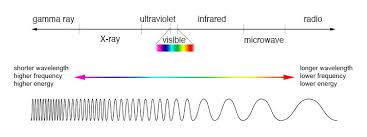
We recognized that light may have a higher or lower frequency which are eyes are designed to detect. And that allowed us to better understand the electromagnetic spectrum, which contains visible light, along with the infrared light that comes out of the remote! We also learned about other wavelengths of radiation that carry more or less energy!
So we went through all our anchoring phenomena pictures and uncovered the fact that we have learned a LOT about light. We've developed TONS of models to show how light enables us to see, how it interacts with various objects in different situations, and how light plays a role in color. This drove us to ask the question: Is there actually light we can't see? If light we can see (visible light) transmits, scatters, reflects and absorbs, wouldn't any other type of light do the same? So we wondered what came out of a remote...does it behave like the light we can see out of a flashlight or the sun? So we did some tests at our houses with our remotes. Sadly, our school doesn't have a TV anymore, so we had to take the testing home.
Based on everyone's data, we came to the conclusion that what comes out of the remote is light, because it behaves just like all the light we could see. However, this light we couldn't see. We're claiming that what comes out of the remote is non-visible, or invisible light!
We've applied the light model and how we see color to our hidden message project! It's been really incredible using this phenomena to see one idea through one filter and another idea through another filter!
Some students even took the tech challenge and did their assignment through Google Slides!
While we established consensus on why we see objects as various colors, we put our thinking to Google Drawing. Check out the 6th graders drawing's (or comics) about why different things appear different colors.
So with some pretty interesting questions came some experiences with light and color... And we noticed some patterns as they relate to white light and all these rainbows we saw! We began to uncover that white light is really comprised of many wavelengths of color...and we identified these colors as: Red Orange Yellow Green Blue Indigo Violet That made us really think about why we see anything as a particular color, and we developed some initial models that looked like this: Check back soon to where our thinking heads next!
We had a TON of questions that we came up with to explore light and color! So we used an online simulator that could change bulb and filter color, as well as easily manipulate three lights at once to varying degrees! We discovered why the color white appears, why black appears, why grey appears...and well, pretty much everything in between!
Now that we're on our third subquestion, "How can light have different colors?" we're thinking about how we can manipulate light to have an effect.
Using different colored filters and flashlights, we saw three big ideas: 1. Using MORE light results in a brighter color. 2. Using a colored filter over a flashlight changes the color of light we see. 3. Combining red, green, and blue light makes white light! And while this didn't really make sense at first, it now does. Any time there's more light involved, there's more light that can scatter back to the eyes. Even if green, red, and blue are darker colored lights, combining them together makes MORE light, and when there's more light, there's a brighter color! Sixth graders are taking their thinking to the next level...to create mathematical models of their findings between light and different materials! We came up with a general rule: Total Light From a Light Source = Light Transmitted + Light Reflected/Scattered + Light Absorbed We established consensus knowing that we can now mathematically use our general rule when representing light interactions! These two students' work show the thinking behind what led us there. Next week we'll see how these mathematical models help us understand light's role in the colors we see!
Students recognized that the data they were collecting with the light meters didn't match up. All the light that came out of a light source wasn't adding up with the light measured that reflected and transmitted through a material. So it generated the question, "What else does light do when it hits a material?"
Students recognized that when they've exposed themselves to light for a long time, like in the summer when they're outside on a sunny day, they get really hot. And they get even hotter when they wear dark colors! So we pooled together some stuff in our classroom and are investigating how light interacts with dark and clear water. We can easily measure a temperature change over a long period of time...and see if the amount of light reflected and transmitted is different...and just how different it is! |
Mrs. BrinzaI always find myself wondering why I see what I see... Archives
December 2017
Categories |
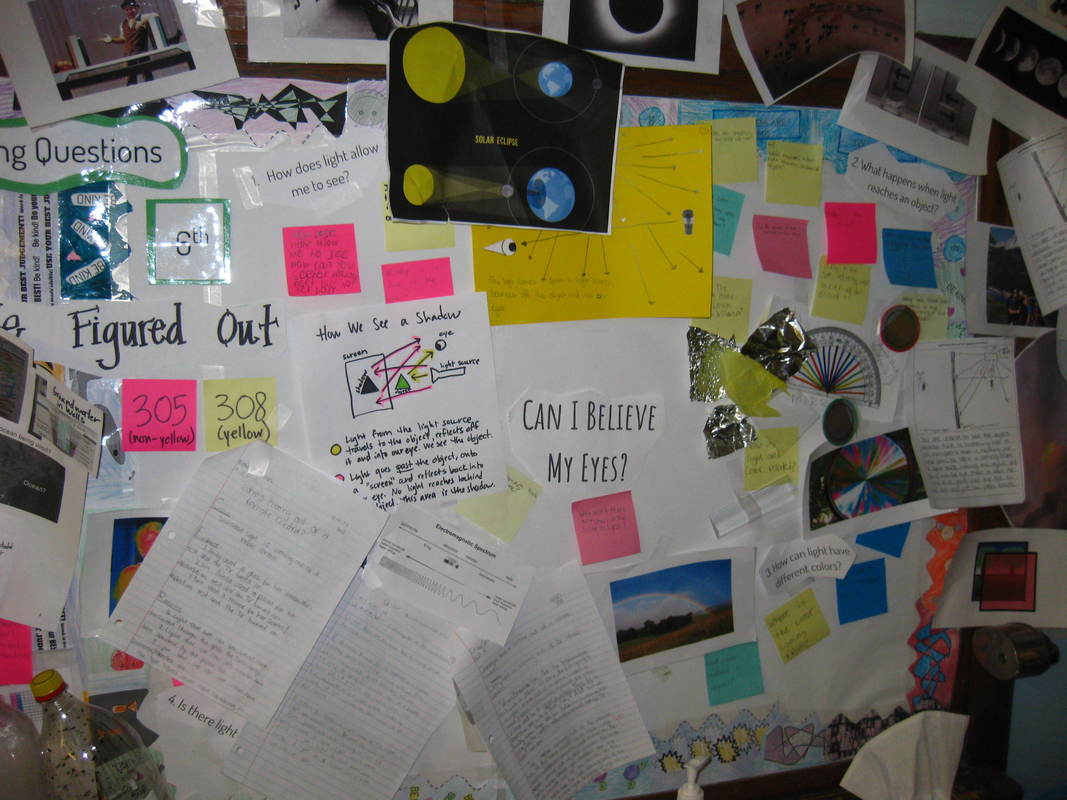
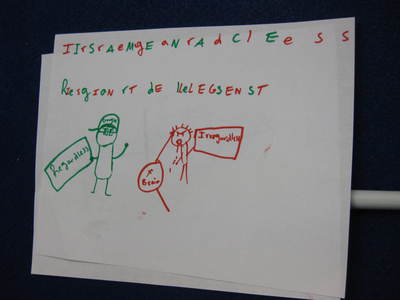
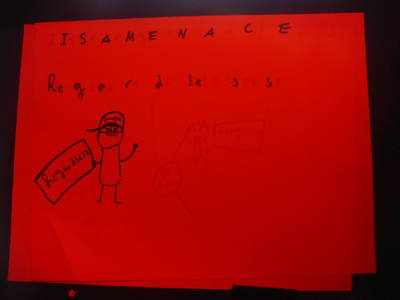
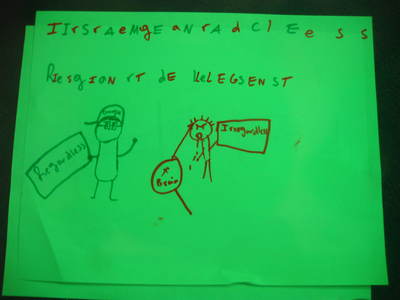
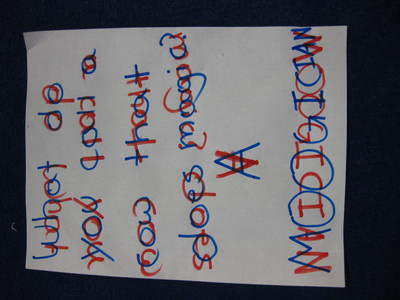
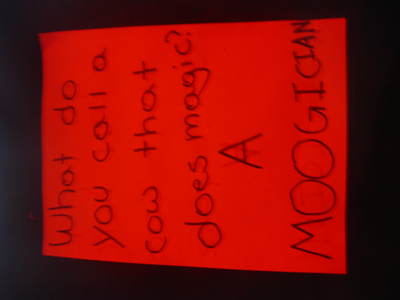
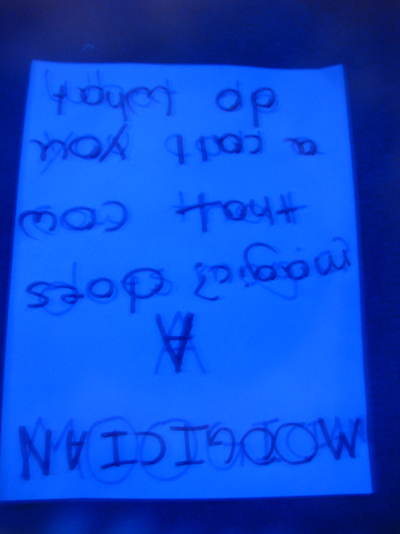
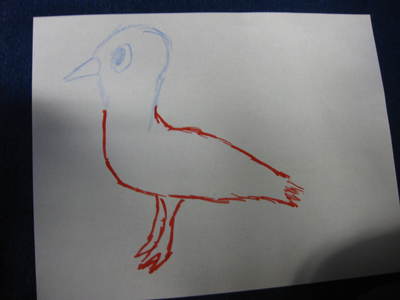
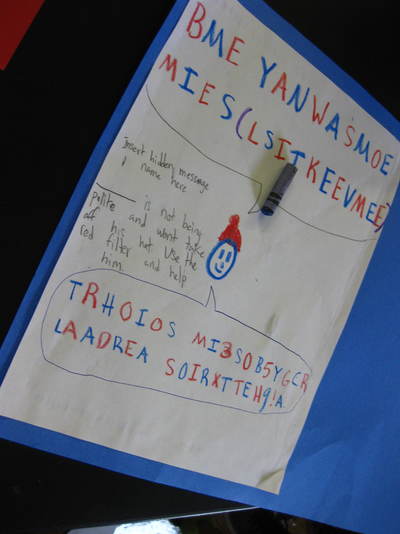
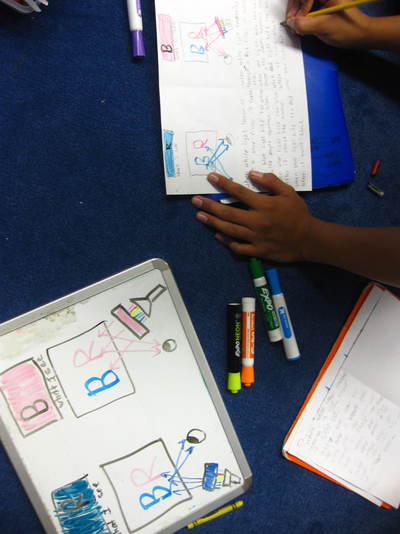
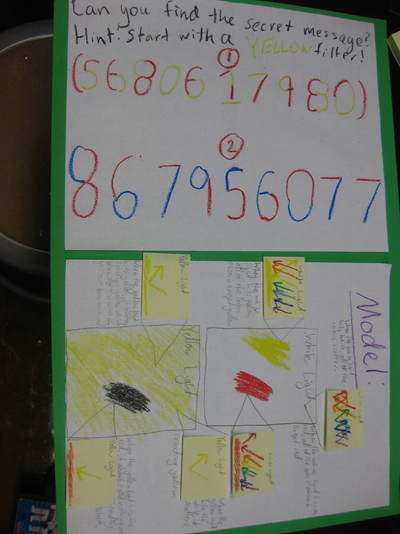
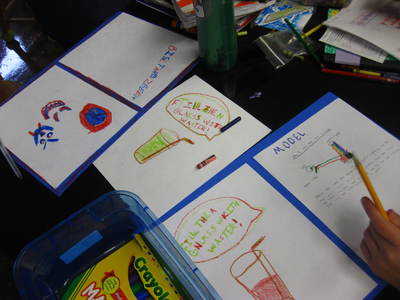
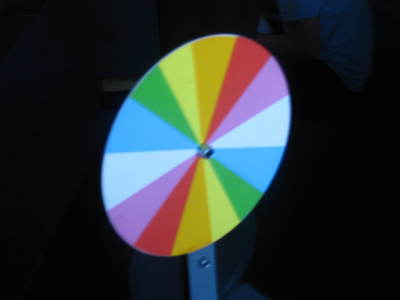
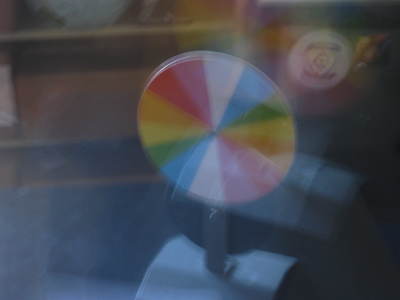

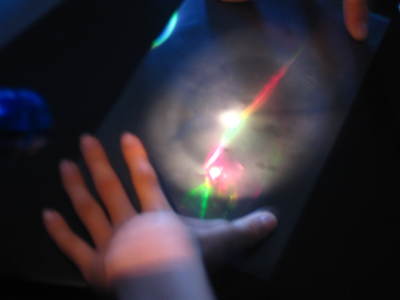

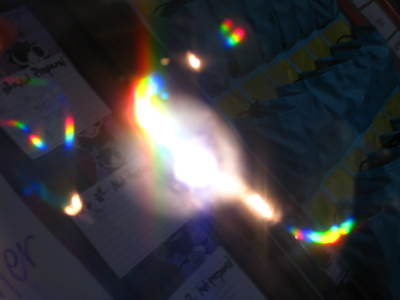
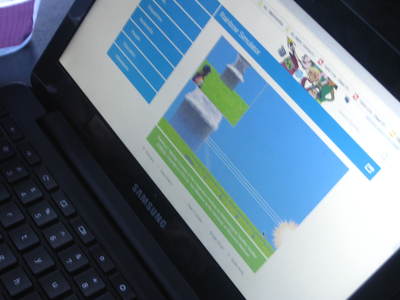
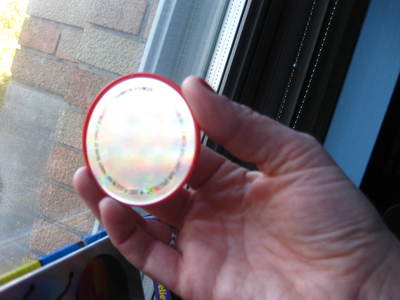
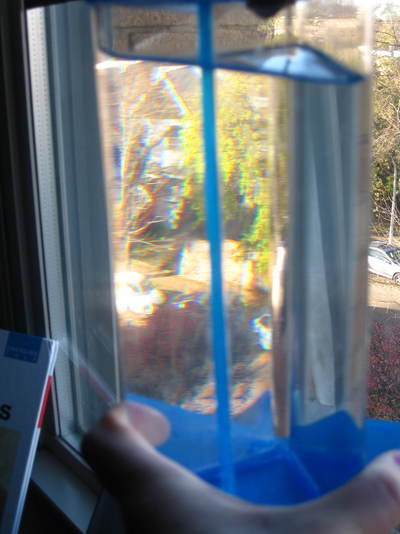
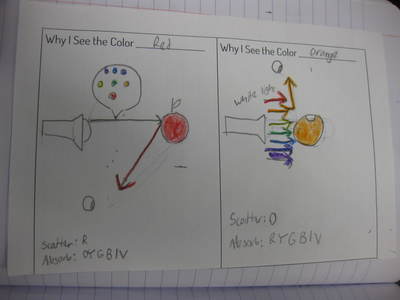
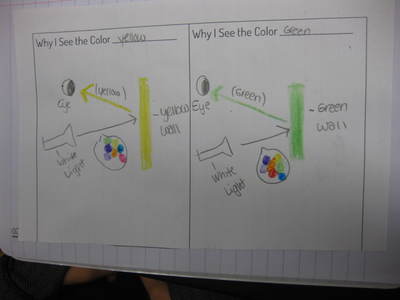
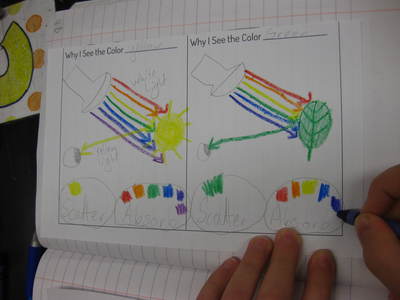
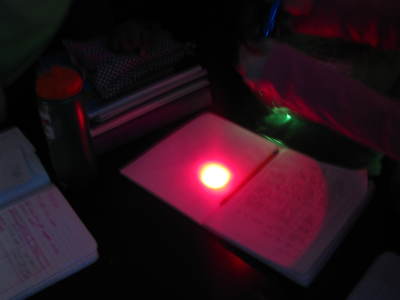
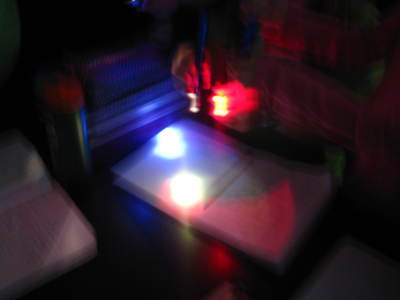
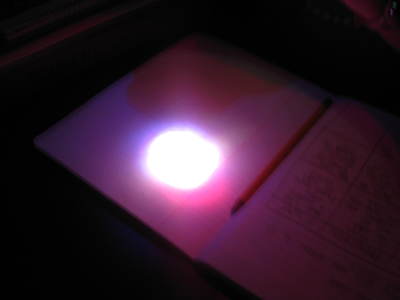
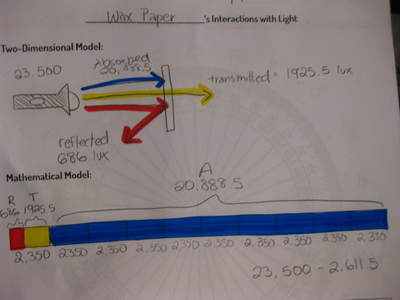
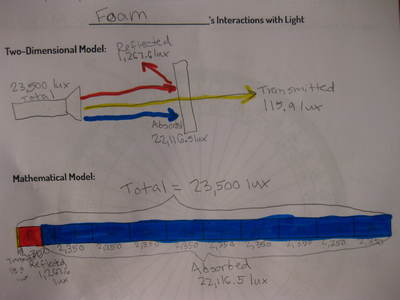
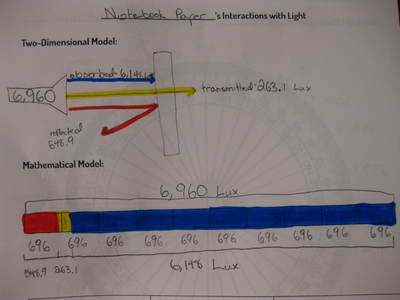
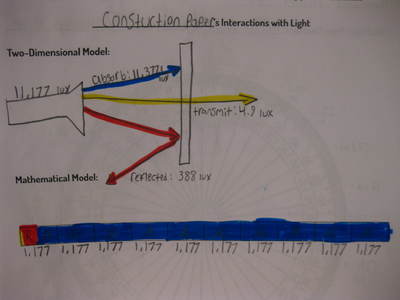
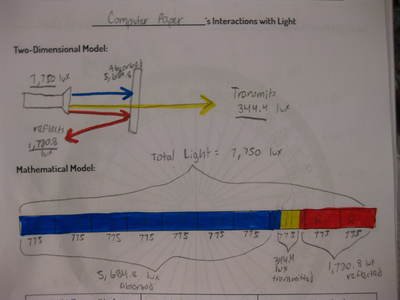
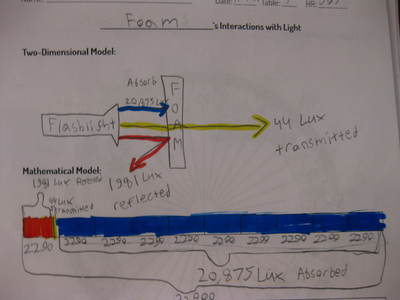
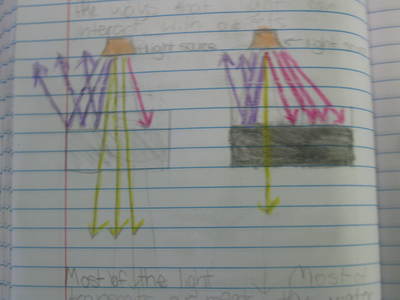
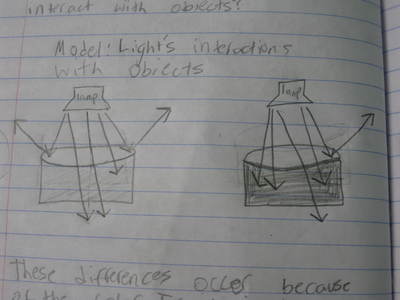
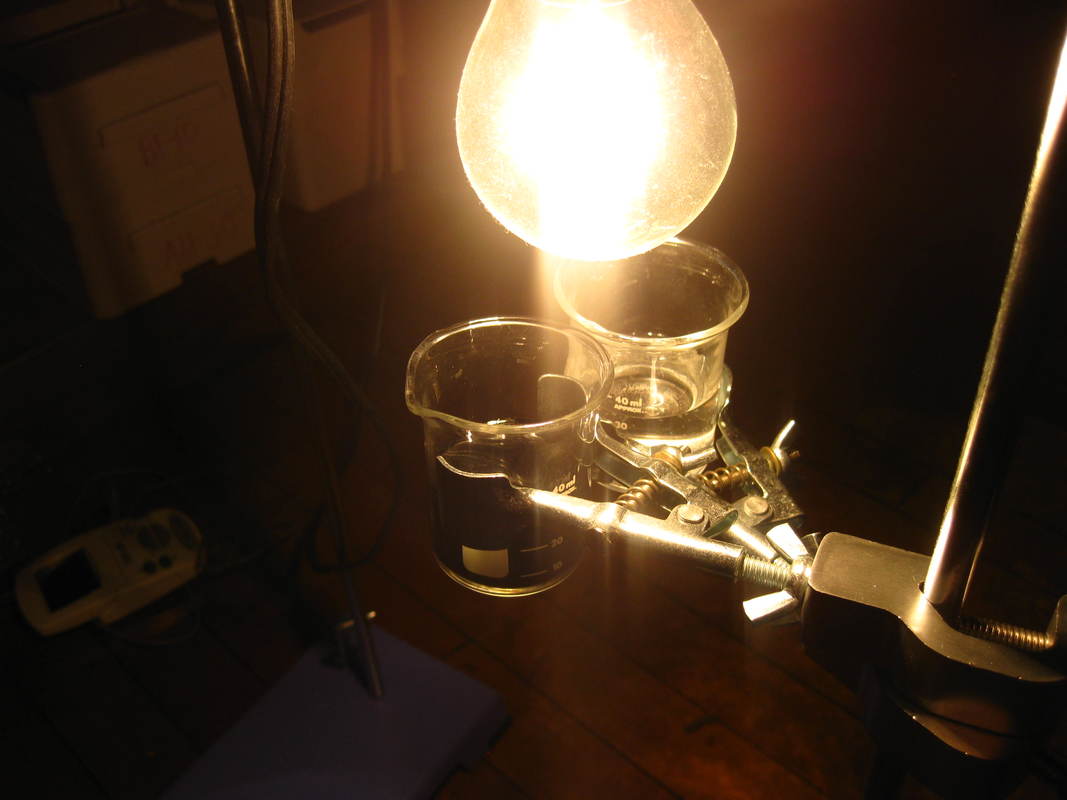
 RSS Feed
RSS Feed